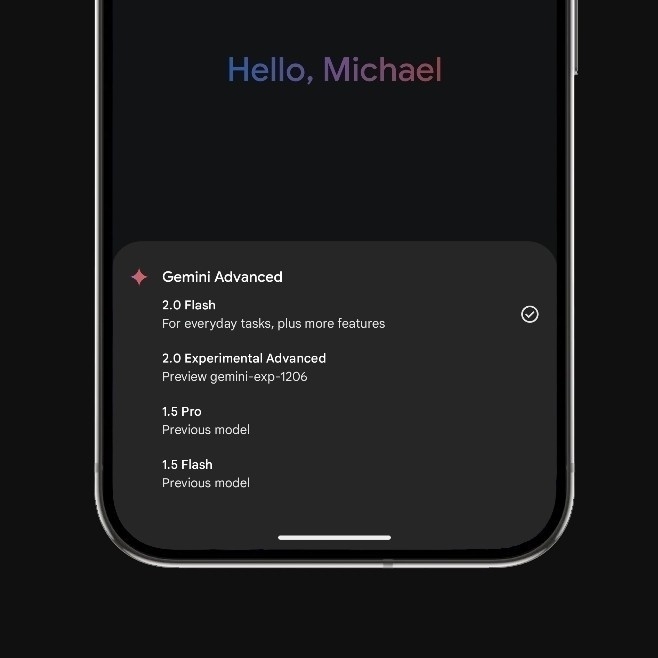Category: Google
You are viewing all posts from this category, beginning with the most recent.
Google Clarifies Some Changes They Made With Calendar
Many people online, myself included, were initially upset about the perceived removal of Black History Month and other culturally relevant days from Google Calendar. It seemed to some like this change reflected a broader societal shift away from diversity, equity, and inclusion. However, that wasn’t the case.
Here’s what Google had to say about the change:
“Some years ago, the Calendar team started manually adding a broader set of moments in a wide number of countries around the world — things like cultural celebrations, teachers days and many more. We got feedback that many other events and countries were missing, and it just wasn’t feasible to put hundreds of moments in everyone’s calendars — so in mid-2024 we made the decision to simplify and show only public holidays and national observances from timeanddate.com. Contrary to some of the comments on social media, this was not something we did just this year.
Some important things to note:
Showing public holidays and national observances, rather than a broader set of moments, is consistent with other major online calendar providers. Google Calendar is also customizable, so users can more easily add important moments to their calendar.
As a company, we continue to celebrate and promote a variety of cultural moments across our products, visible to people everywhere — as you saw in the last few weeks with Black History Month and Lunar New Year.”
I admit, I was duped by these headlines that caused my frustration.
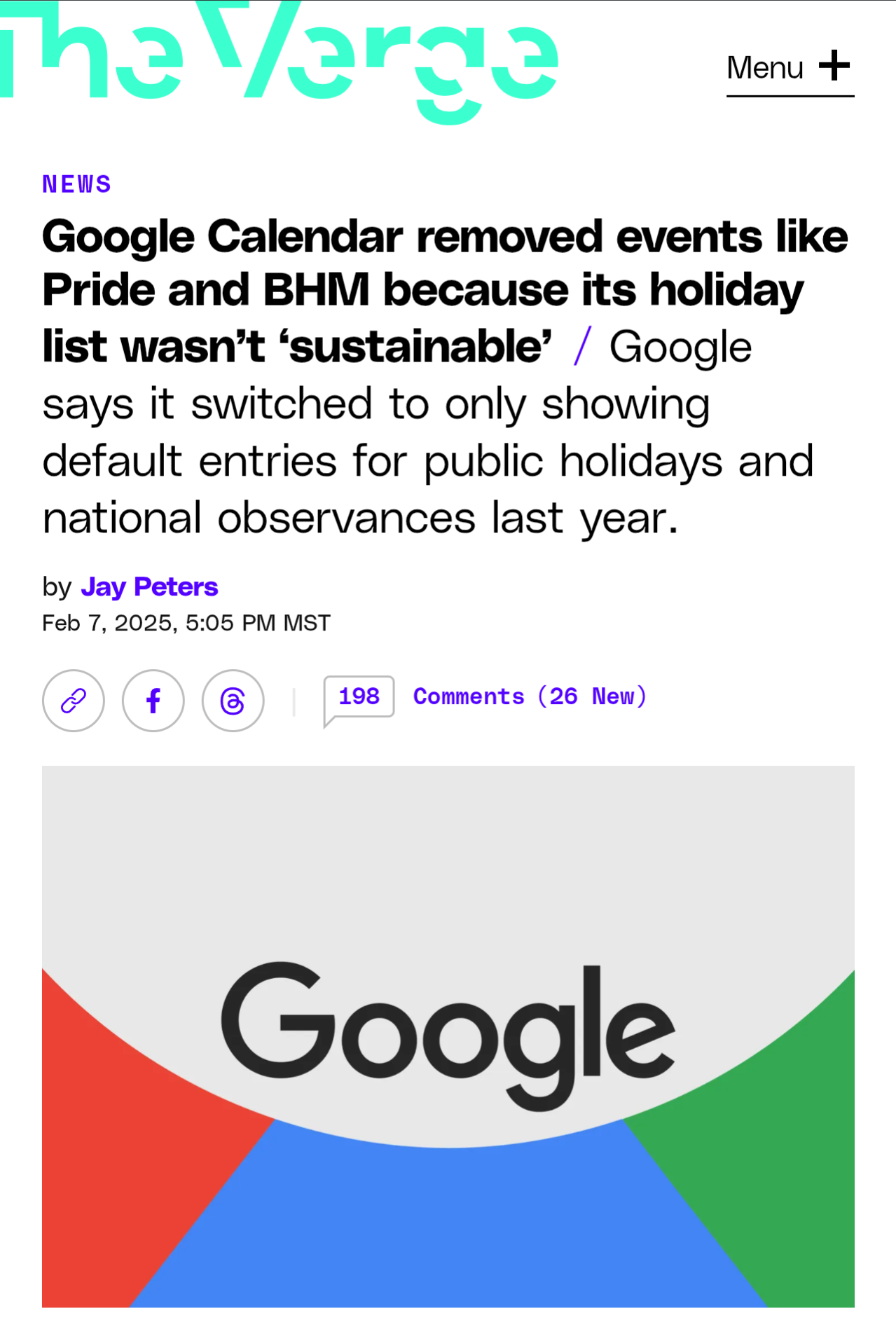
The Verge, specifically, was the first headline and article I read on the subject and I was infuriated. The Verge even made sure to make Google’s clarification on the change as far under the fold and away from the reader’s eyes as possible. The Verge’s article emphasized the negative aspects of the change. Though I don’t like it and Google is still doing things I’m not 100% okay with, it’s stuff like this that happens that frustrates me with The Verge sometimes. Ultimately, as a reader, I need to do a better job at not letting headlines get the best of me.
Let The Countdown Begin: Google I/O 2025
Google I/O, the annual developer conference, is set to take place at Shoreline on May 20-21st! Registration is currently open, and tickets are being distributed in phases. I’ve already secured my badge for my fifth I/O event!
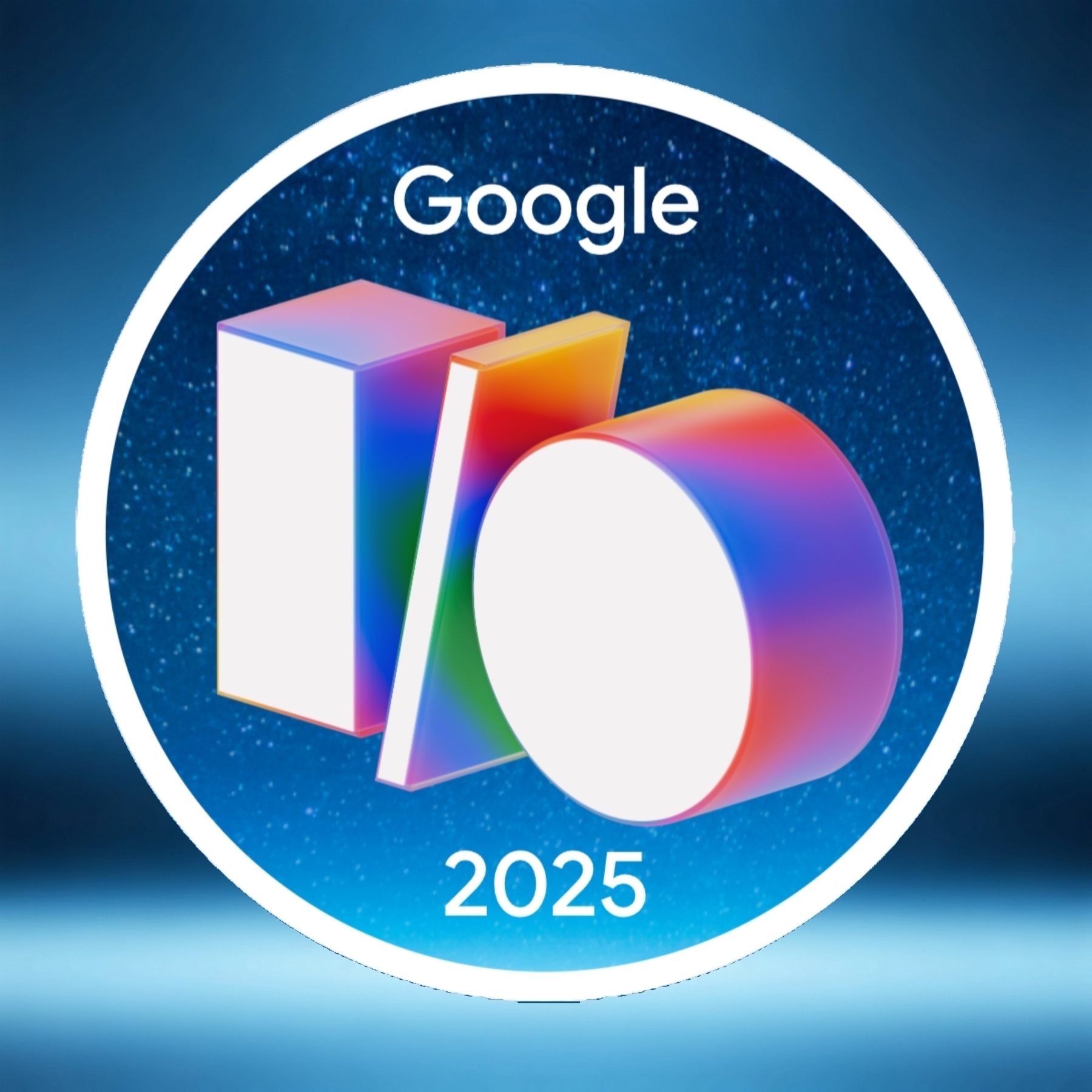
While the event schedule typically isn’t released until a couple of weeks prior, I expect this year’s I/O to be heavily focused on AI, offering developers new tools to improve their native and web applications. Last year, Gemini was unveiled piece by piece, showcasing its capabilities across Android, ChromeOS, and the Web.
Android XR will likely have a more prominent role this year, especially after the recent unveiling of its software and hardware at Samsung’s Galaxy Unpacked event. I’m particularly excited about Project Astra and the UI/UX for the Android XR glasses, which were teased earlier this year.
The Pixel will undoubtedly take center stage. The Pixel 9a should be released by then, and we might even get a sneak peek at the Pixel 10 series. There have also been rumors about Android making its way to laptops, given that the ChromeOS and Android teams are now under the same Platform and Services department.
As you can see, there’s a lot to look forward to at Google I/O. AI will continue to be a central theme, and I’m eager to see what innovations are unveiled.
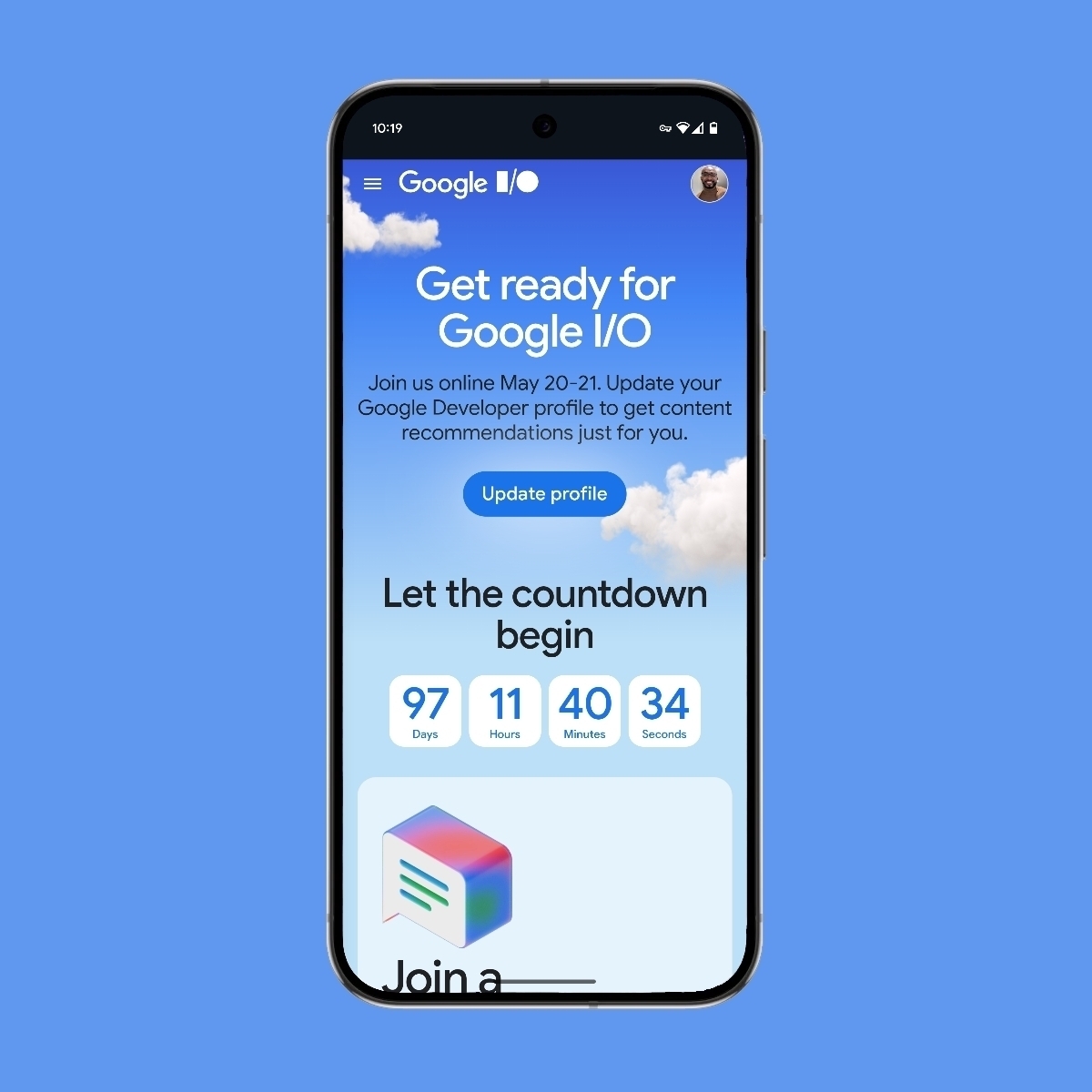
#YouTube Is The New Television
YouTube CEO Neal Mohan’s recent blog post, “Our Big Bets for 2025," isn’t just a corporate update; it’s a super interesting peek into where online video and entertainment are headed. It’s pretty clear that YouTube isn’t just along for the ride; they’re trying to steer the whole darn thing. Let’s break down what these “big bets” tell us about YouTube’s plans and how they might affect, well, everyone.
Mohan’s claim that “YouTube is the epicenter of culture” is spot on, right? From viral dances to breaking news, YouTube’s fingerprints are all over what we watch, share, and talk about. It’s become a massive cultural force, and I’m excited to see how they double down on this in the future. Imagine even cooler tools for spotting and boosting new trends, giving creators an even bigger stage to connect with their fans.
The “YouTubers are the new Hollywood startups” thing is a perfect example of how YouTube’s empowered creators. It’s not just a hobby anymore; making YouTube videos is a real career, with creators building serious businesses and influencing millions of people. YouTube getting this and supporting its creators is key. More tools, resources, and ways to make money will only help this growth, creating a dynamic community of talent and innovation.
The “YouTube is the new television” narrative has been around for a while, but Mohan’s emphasis shows just how much things have changed. With smart TVs everywhere, YouTube’s a major player in our living rooms, going head-to-head with traditional TV. This changes everything, from ads and content to how we even define “television.” And speaking of the living room, let’s not forget YouTube Primetime! Even though their own original shows might have missed the mark, offering live sports like NBA and WNBA games, plus other premium content, makes YouTube a one-stop shop for entertainment. Smart move.
The focus on AI is probably the most interesting “big bet." AI’s already a big part of YouTube’s algorithms and how things work, but the future possibilities are mind-blowing. Think AI-powered video editing, automatic captions and translations making videos more accessible, and even AI-generated content (with some safety nets, hopefully). The potential is huge, and it could totally change how we make and watch videos. Beyond the headlines, the blog post has some cool stats. YouTube’s dominance in podcasts, for example, is surprising but also makes sense. More podcast integration could be a game-changer for creators and listeners. And with more people watching YouTube on their TVs, YouTube’s focus on connected TVs and better streaming is a smart move.
Looking ahead, YouTube’s 2025 vision is ambitious and optimistic. They’re not just keeping up with change; they’re trying to lead the way. By betting on creators, tech, and their role as a cultural hub, YouTube’s setting itself up for a big future in media and entertainment. It’s going to be fun to watch what happens next. And hey, even the comments section is a whole lot better than it used to be, right? (Okay, maybe not always.)
Why I Enjoy My #Pixel (Even Though Everyone Has an iPhone)
I was recently reminded of the perception that people with Android phones are seen as stubborn and non-conforming when someone asked me why I don’t have an iPhone. This happened during an in-person conversation when I used my Pixel to reply to a text. The person simply asked why I didn’t have an iPhone, and I replied that I prefer the phone I have. It seemed so unfamiliar to them. This experience echoed as I watched the Lakers game, noticing the sea of iPhones in the stands. It made me think about how the “blue bubble” of iMessage has become such a status symbol, even though I’ve found my Android integrates perfectly with all the services I use daily.
I remember when I first switched to Android because of its customization options. I love being able to personalize my home screen with widgets and icon packs that reflect my style. It’s not about being different; it’s about having a phone that truly feels like mine. And the variety! There are so many different Android phones available, each with its own strengths. I chose my Pixel because of its camera and its smooth performance, but someone else might prefer a phone with a longer battery life or a larger screen. The point is, there’s an Android phone out there for everyone.
But in the past five years, my preference for Pixel has solidified even further because of its seamless integration with cutting-edge AI. Platforms like Gemini and Perplexity, which are revolutionizing how we interact with technology, work so much better within the Android ecosystem, especially on Pixel devices. It’s not just about the customization anymore; it’s about having access to these powerful tools that enhance productivity and provide a truly intelligent mobile experience. This level of AI integration is a game-changer, and it’s something I wouldn’t want to sacrifice.
Interestingly enough, I almost switched to an iPhone myself this year. When I saw the announcements at WWDC and Apple unveiled Apple Intelligence, I was intrigued. I was almost ready to jump ship when the iPhone 16 came out. However, after the initial excitement subsided, I realized that Apple Intelligence wasn’t quite the finished product it was presented as. It seemed like Apple was, and frankly still is, quite behind the competition in the AI space. Almost a year later, and while they’ve made some progress, Apple Intelligence still lags behind platforms like Gemini on Google Pixel and other Android devices. This solidified my decision to stay with Android.
It’s funny how we’ve come to equate iPhones with “normalcy.” Apple’s marketing has been incredibly effective, creating this image of the iPhone as the must-have device. But I think it’s important to challenge that idea. Choosing Android isn’t about being stubborn; it’s about making an informed decision based on my needs and preferences. It’s about appreciating the open-source nature of the Android ecosystem, which gives me more control over my device and access to a wider range of apps and these powerful AI platforms. And honestly, I’ve never felt like I’m missing out on anything. In fact, I often find myself appreciating the unique features and capabilities of my Android phone, especially its superior AI integration.
What about you? What made you choose your current phone? I’d love to hear your thoughts on the “iPhone norm” and why you prefer your device.
Small intermission from the Luka Lakers debut game.
This is hot garbage, Google. Straight, uncontrollable bowel movements.
… But I get why you had to do it 🙄
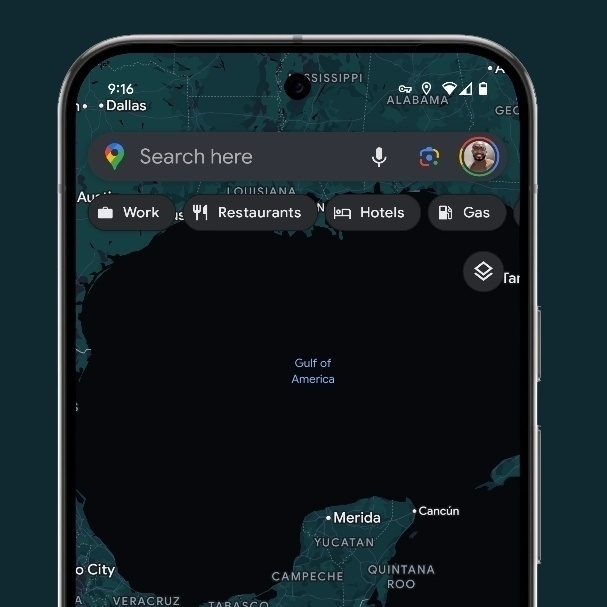
Google's "Dream Job" Superbowl Ad Score
Three things I love about the Super Bowl, like many others: the game, the halftime performance, and the ads. This year, my excitement peaked with the halftime performance, followed by the game, and then the ads. If you follow me on Mastodon and BlueSky, you’ll see that about 90% of my posts focused on Kendrick Lamar’s halftime performance, with 5% dedicated to the ads and the remaining 5% to the game. Congratulations, Eagles!
I was particularly interested in seeing how others received Google’s “Dream Job” commercial, which I absolutely loved. I’d rate it a “B+,” and I’ll explain why after sharing what others had to say. Here’s the commercial:
Yahoo Sports also gave the ad a “B” grade. Here’s what they had to say about it:
Google using straight-up emotional terrorism to sell phones now, showing a young girl embracing her father as both a child and as a college student. Wicked, but effective.
I get it, but the point is to be effective and it really is. NPR didn’t dish out a grade, but they did a much better job explaining the complexity Google accomplished with this ad.
Typically, an AI, which sounds like a real person coaching you through a hypothetical job interview, might give off serious vibes like HAL 9000 (the killer computer in 2001: A Space Odyssey). But Google’s ad features a father talking about his work experience to the Gemini Live AI chatbot — “I show up every day, no matter what” — while imagery reveals he’s talking about raising his daughter. It adds up to an emotive, touching spot that emphasizes how people can use technology to perform better, rather than depicting a giant corporation offering software that encourages you to depend on them more as every year passes — seeing AI less as a job killer and more like a job search enabler. Hmmm.
The New York Times had this to say about Google’s ad:
The national ad for Google’s Gemini personal assistant is likely to be the most slickly handsome production in the field. If the use of Capra-esque family moments to humanize an A.I.-generated voice that coaches a dad for a job interview completely creeps you out, however, feel free to move this to the bottom of the list.
Oddly enough, NYT’s writer wasn’t too fond for Google’s approach to humanize A.I., but they also named OpenAI’s ChatGPT Ad the best ad of the night. Which to some regard, I understand that OpenAI is the leading maker of all things AI. ChatGPT is the Google Search of AI.
Over on Threads, quite a few people had emotional reactions to Google’s ad. I think this is what Google was going for.
View on Threads
Chris Carley, despite being a Google Pixel customer, is consistently critical of Google. Therefore, his use of the phrase ‘did me dirty’ isn’t unexpected. I admire his dedication to critiquing Google products—a balance I try to maintain in my own feedback. See his post below.
View on Threads
The commercial was generally well-received, and I was impressed. It successfully captured a human and relatable tone, demonstrating Gemini’s practical applications on the Pixel. The subtle approach to Pixel promotion aligns with Android’s focus on user choice (within its own ecosystem). While the ad masterfully evoked human emotion, the sales message felt slightly less developed, which kept it from an ‘A’ grade. Strategically, Google may have prioritized associating human emotion with the brand over direct sales. Perhaps a relatable celebrity could have further amplified this emotional connection. Regardless, I found it highly enjoyable.
Now go rewatch Kendrick Lamar’s halftime performance.
Google’s new Superbowl ad is all about how Gemini Live on the Google Pixel can help you prepare for an interview. Everything else surrounding it is heart warming.
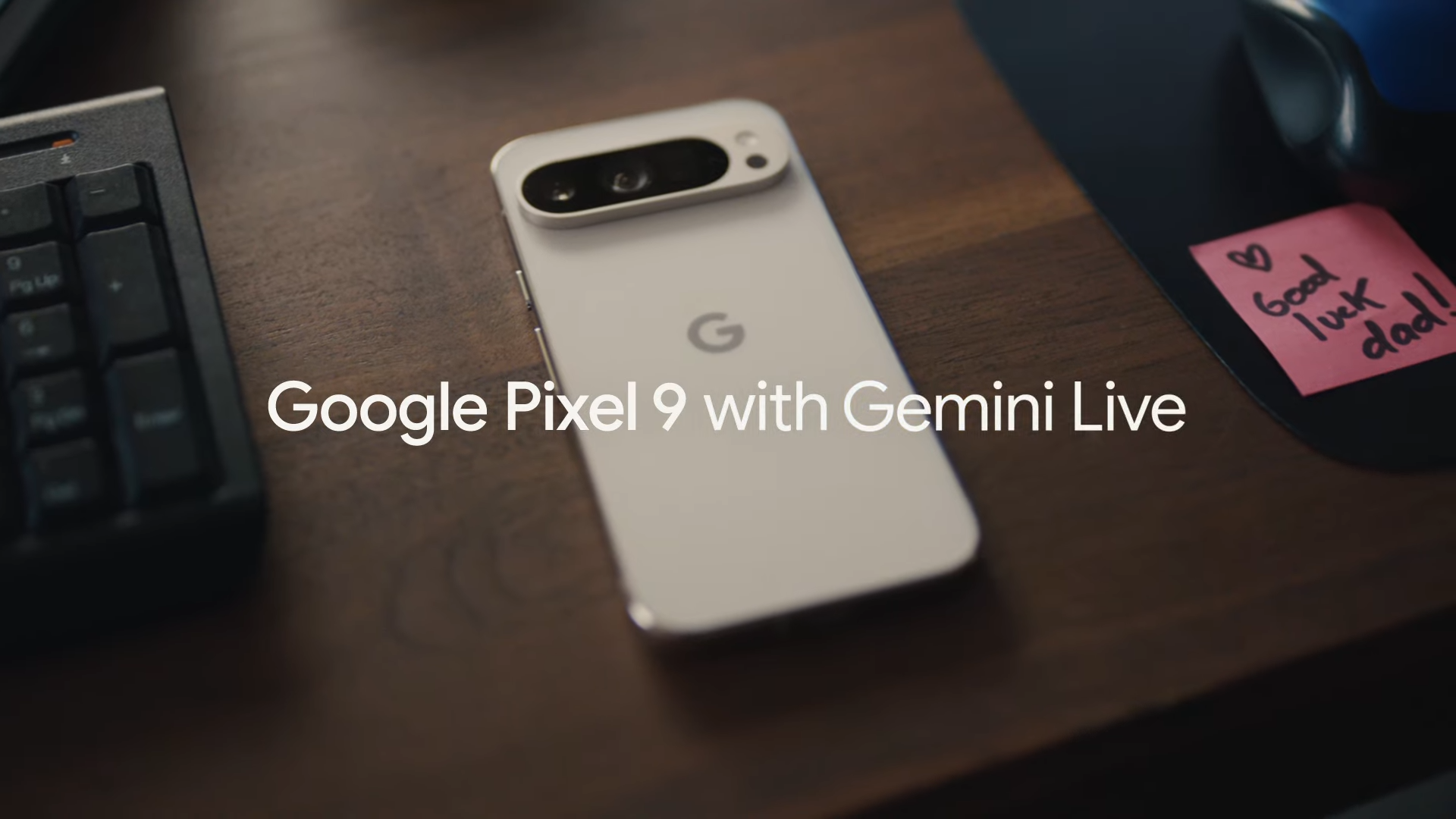
Google's DEI Is In The Spotlight
Google tells employees why it’s ending DEI hiring goals
Alex Heath from The Verge states, “The rationale is linked to Google being a federal contractor and “recent court decisions and U.S. Executive Orders on this topic”. Many people already feel a certain negative way about Google being a federal contractor. This just rubs salt into the wound even more.
Though Google said it “would maintain its resource groups for underrepresented employees." Google has had many issues in the past about diversity, equity, and inclusion. I’ll be closely watching Google’s “Belonging” site and any changes there that the team, lead by Melonie Parker, makes.
Why I'm Disappointed in Google's New AI Direction
Google has made a troubling decision. That’s what I thought after reading the headline, “Google Lifts a Ban on Using Its AI for Weapons and Surveillance,” on my Google News feed. My first thought was of Google’s former motto, “Don’t be evil.” Though those words were removed years ago, many hoped that some vestige of that ethos remained internally. Now, it appears Google is continuing to dismantle its ethical framework.
In 2018, as the AI race accelerated, Google published its “AI Principles,” outlining applications they would not pursue. I applauded Google for these commitments:
We will not design or deploy AI in the following application areas:
1. Technologies that cause or are likely to cause overall harm. Where there is a material risk of harm, we will proceed only where we believe that the benefits substantially outweigh the risks, and will incorporate appropriate safety constraints.
2. Weapons or other technologies whose principal purpose or implementation is to cause or directly facilitate injury to people.
3. Technologies that gather or use information for surveillance violating internationally accepted norms.
4. Technologies whose purpose contravenes widely accepted principles of international law and human rights.
While some might consider these the bare minimum for a company of Google’s size, many wondered if they would uphold them. It seems that cautious optimism has given way to “I told you so,” as Google has revised these “principles.” As Wired reported, Google executives cited the growing use of AI, evolving standards, and geopolitical competition as the reasons for revising their principles.
What was overhauled? Conspicuously absent is the entire section from 2018 regarding prohibited AI applications. The “overhauled” principles now focus on three aspects: Bold Innovation, Responsible Development and Deployment, and Collaborative Progress, Together:
Bold Innovation: We develop AI to assist, empower, and inspire people in almost every field of human endeavor, drive economic progress and improve lives, enable scientific breakthroughs, and help address humanity’s biggest challenges.
Responsible Development and Deployment: Because we understand that AI, as a still-emerging transformative technology, poses new complexities and risks, we consider it an imperative to pursue AI responsibly throughout the development and deployment lifecycle — from design to testing to deployment to iteration — learning as AI advances and uses evolve.
Collaborative Progress, Together: We learn from others, and build technology that empowers others to harness AI positively.
This shift illustrates what happens when a company grows to such a scale. It begins to be influenced by prevailing political winds. This realization represents a personal evolution. For decades, I followed tech news and was excited about gadgets, viewing them primarily as just that—fun gadgets. I overlooked the ethical responsibilities involved. The past ten years have shown me the far-reaching effects of these “gadgets” at scale. All of these technologies—smartphones, tablets, AI, software, and services—have a dual nature. Products can be announced with shiny, inspiring keynotes promising to “make the world a better place,” but they also have a darker side. This is Google’s dark side today, and I strongly disapprove of it. This decision could lead to the development of AI-powered weapons systems, increased surveillance, and other ethically problematic applications.
Google’s “AI Principles” in 2018
Google’s “AI Principles” in 2025
Proverbs 16:25: “There is a way that seems right to a man, but its end is the way to death."
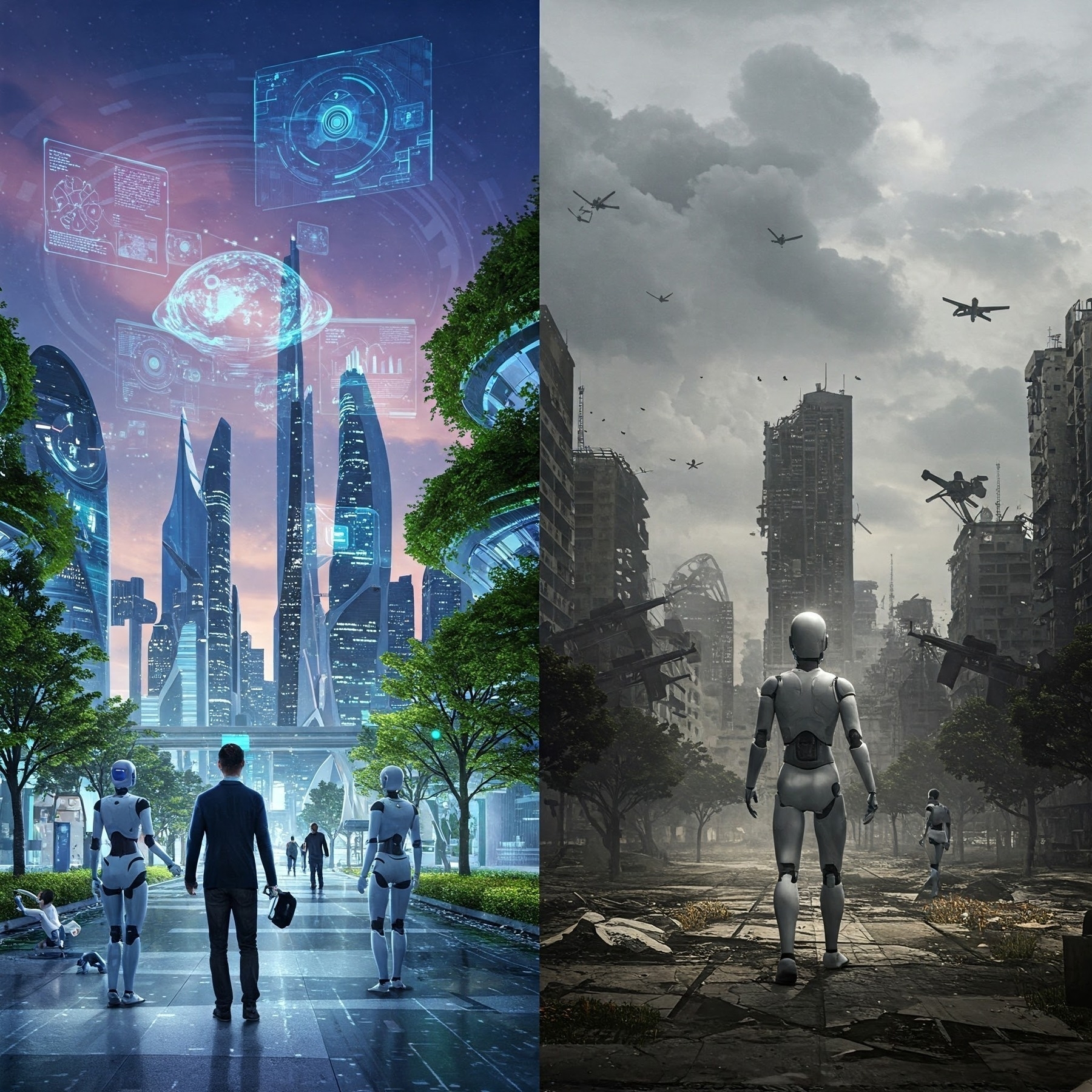
Gemini 1.5 Pro vs. 2.0 Flash: Decoding the Differences for Drupal Developers
Choosing the right AI tool for your Drupal development workflow can be tricky. Google’s Gemini offers two powerful options: 1.5 Pro and 2.0 Flash. While both can assist with tasks like code debugging, their strengths lie in different areas. This post breaks down the key differences, focusing on practical examples for PHP and Twig within the Drupal context.
Gemini 1.5 Pro: The Deep Dive Expert
Think of 1.5 Pro as your seasoned consultant. It excels at in-depth analysis and complex problem-solving. Its strength lies in understanding nuanced code issues, often buried within layers of logic. It’s ideal for situations where careful examination and context are paramount.
Gemini 2.0 Flash: The Speedy Problem Solver
2.0 Flash is your quick-thinking colleague. It’s designed for speed and efficiency, perfect for rapid iteration and tackling straightforward bugs. It shines when you need immediate feedback and fast solutions.
Debugging PHP and Twig: A Practical Comparison
Let’s imagine a scenario: a Twig template in your Drupal project isn’t displaying a variable correctly.
Gemini 1.5 Pro Approach:
You provide 1.5 Pro with the problematic Twig code, the relevant PHP code that populates the variable, and a description of the expected output. 1.5 Pro meticulously analyzes both, tracing the variable’s journey from the PHP code to the Twig template. It might identify a typo in the variable name, a logic error in the PHP code that’s preventing the variable from being set, or a scope issue. It may even suggest related Drupal documentation or best practices for handling variables in Twig. The response might take a little longer, but it’s thorough and provides a deep understanding of the root cause.
Example:
twig
{# Problematic Twig Code #}
{{ user_namee }}
{# Related PHP Code #}
$user_name = \Drupal::currentUser()->getAccount()->getDisplayName();
// ...some other code...
$build['user_name'] = $user_name;
**1.5 Pro might respond:** _"The Twig template is trying to display user_namee, but the PHP code defines the variable as user_name. This typo is preventing the name from being displayed. Correct the Twig code to_ {{ user_name }}."
Gemini 2.0 Flash Approach: You provide 2.0 Flash with the same code snippets. It quickly scans for common errors. It might immediately flag the typo in the variable name and suggest the correction. While it might not delve into the broader context of the code as deeply as 1.5 Pro, its speed is invaluable for quickly catching these common mistakes.
Example (same code as above): 2.0 Flash might respond: “Possible typo: user_namee in Twig should be user_name to match the PHP variable.”
Which One to Choose?
- Use 1.5 Pro: When you’re dealing with complex bugs, unfamiliar code, or when you need a deep understanding of the issue. Think of it as your go-to for those “head-scratching” moments.
- Use 2.0 Flash: When you need rapid feedback, are working on straightforward tasks, or want to quickly catch common errors. It’s perfect for iterative development and those “aha!” moments. By understanding the strengths of each version, you can leverage Gemini to boost your Drupal development productivity and streamline your debugging process. They aren’t mutually exclusive; use them strategically to maximize your efficiency.
Note: Gemini 2.0 Pro is almost here.
